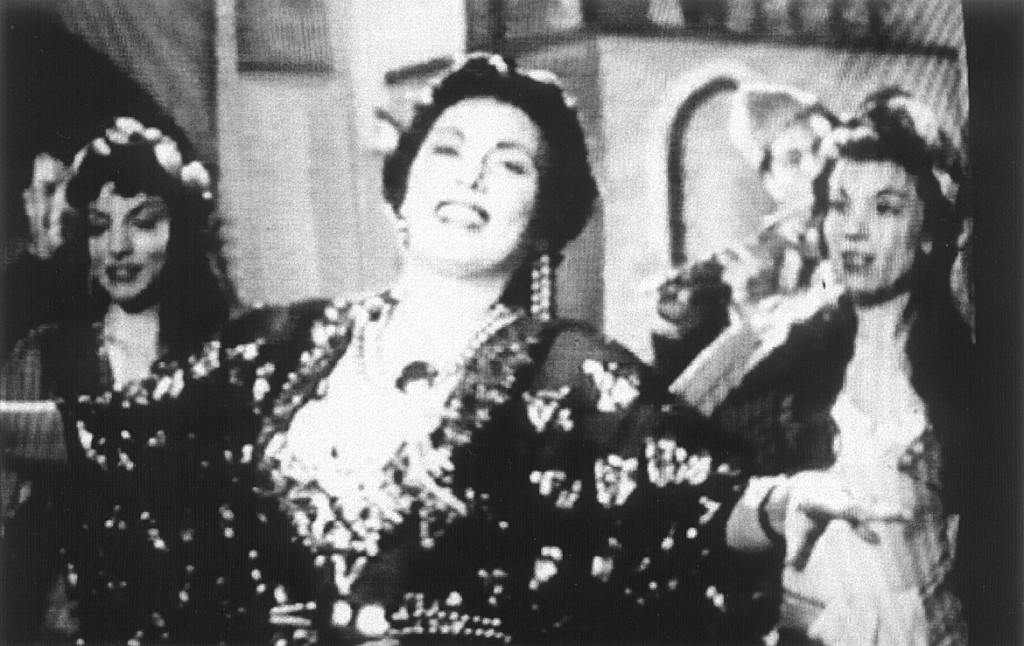Cairo – Egyptian art critic Tarek El Shinnawi has released a new 160-page book, “The Time of Tahiya Karioka,” on the artistic journey and memories of late Egyptian star Tahiya Karioka. The book was launched at the sixth edition of the Luxor African Film Festival, which honored Karioka, who left an exceptional mark on the Egyptian art scene.
Badaweya and Anwar al-Sadat
Tahiya Karioka was born in February 1919 in the town of Ismaïlia where she lived for 12 years. The writer reveals that the actress’s real name was Badaweya Mohamed Kareem, but chose to change it to Tahiya Karioka. In one of her interviews, Karioka told Shinnawi that during his years of struggle, former President Anwar al-Sadat used to seek refuge in her family’s farm. After being abused by her brother, who at one point shaved her head, Karioka left her family home and moved to Cairo, where a family friend helped her land roles as an extra in various theater plays.
Tahiya, the rebel
Shinnawi said that Karioka’s film career started in 1935 and she went on to act in 119 movies. Her first film role saw her perform a dance routine and she later became a prominent dancer. Karioka “rebelled” against being typecast by establishing a production house. She went on to star in three movies that were produced by her company, thereby proving herself as a serious actress.
Ballet and singing
In Shinnawi’s book, Karioka spoke about her working relationship with her mentor Najib al-Rihani, who encouraged her to learn French and English and take up ballet. He was also the first to nominate her for a singing role in film.
Spectacular works
Shinnawi noted that Karioka starred in movies alongside some of the most famous singers of the 1940s, such as Farid al-Atrash in “Ahlam al-Shabab” 1942 and Mohammad Fawzi in “Hob wa Jonoun” in 1950. The author said that Karioka gave her most memorable musicals during the 1940s and 50s, which saw her partner with several renowned Egyptian singers at that time.
Jilbab in the Cannes Festival
In one of the interviews featured in the book, Karioka recalled how she attended the Cannes film Festival wearing the traditional Egyptian “Jilbab”. There, she met some of the world’s most famous film stars, including Rita Hayworth. Shinnawi said that Karioka maintained her star allure throughout her career and showed her range in various roles under the direction of the likes of Youssef Chahine.
Politics and hunger strike
Shinnawi’s book also shed light on the actress’s little known political role in her country. He said that she practiced politics until the end of her life. Karioka led a protest for artists and in 1988, she was the only star to announce a hunger strike, but suspended it at the request of then President Hosni Mubarak.
Marriages and failures
The four-chapter book includes interviews with Karioka and a number of movie stars and directors. The interviews tackled her personal life and ties with various artists. They addressed her marriage to Jewish-American Gilbert Levi after he converted to Islam. Karioka thought the union would bring her closer to Hollywood, but it failed. She married 17 times, recalling that Rushy Abaza was her best husband because of his kind treatment.
In the second chapter, Shinnawi offered a critical review of Karioka’s works, noting the milestones in her cinema career. The third chapter tackles the actress’s humanitarian side, including her adoption of an orphan girl.
The book also includes an article by renowned Arab intellectual Edward Said about the first time he saw Karioka. He was 14 years old and she was performing a dance show at the Badia Masabni Casino. He described her as a woman who “avoided or tore down social barriers. She remained part of the society of her country due to what she discovered of herself as a dancer and performer.”
The fourth chapter includes a filmography of all of her works and a great collection of photographs from the most important stages of her career and alongside famous artists, such as Umm Kolthoum, Mohammed Abdul Wahhab, and others. Karioka passed away on September 20, 1999.
